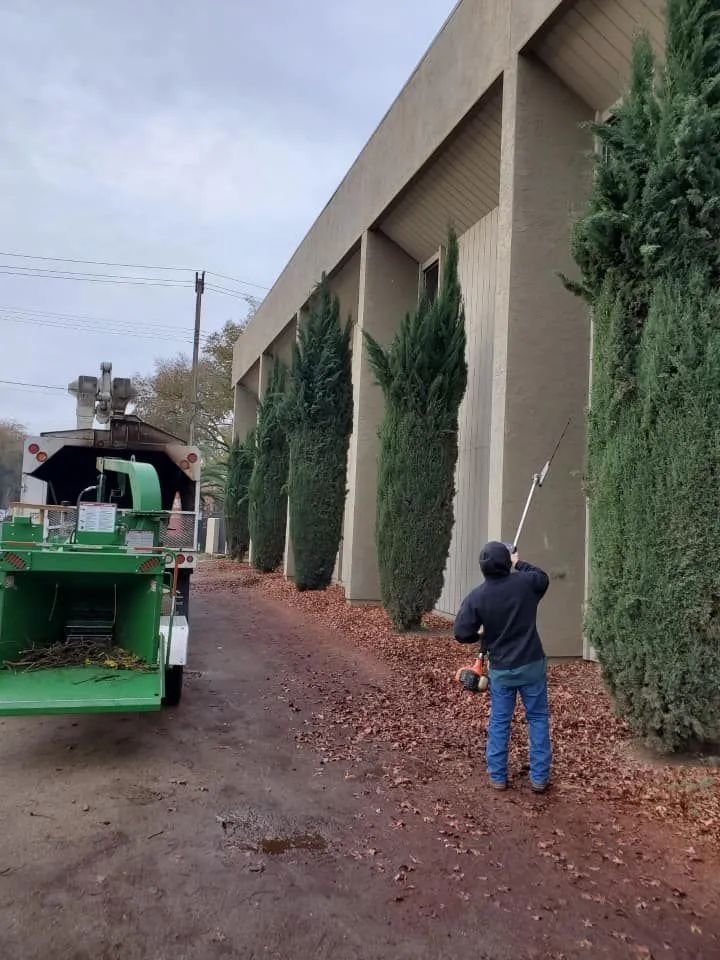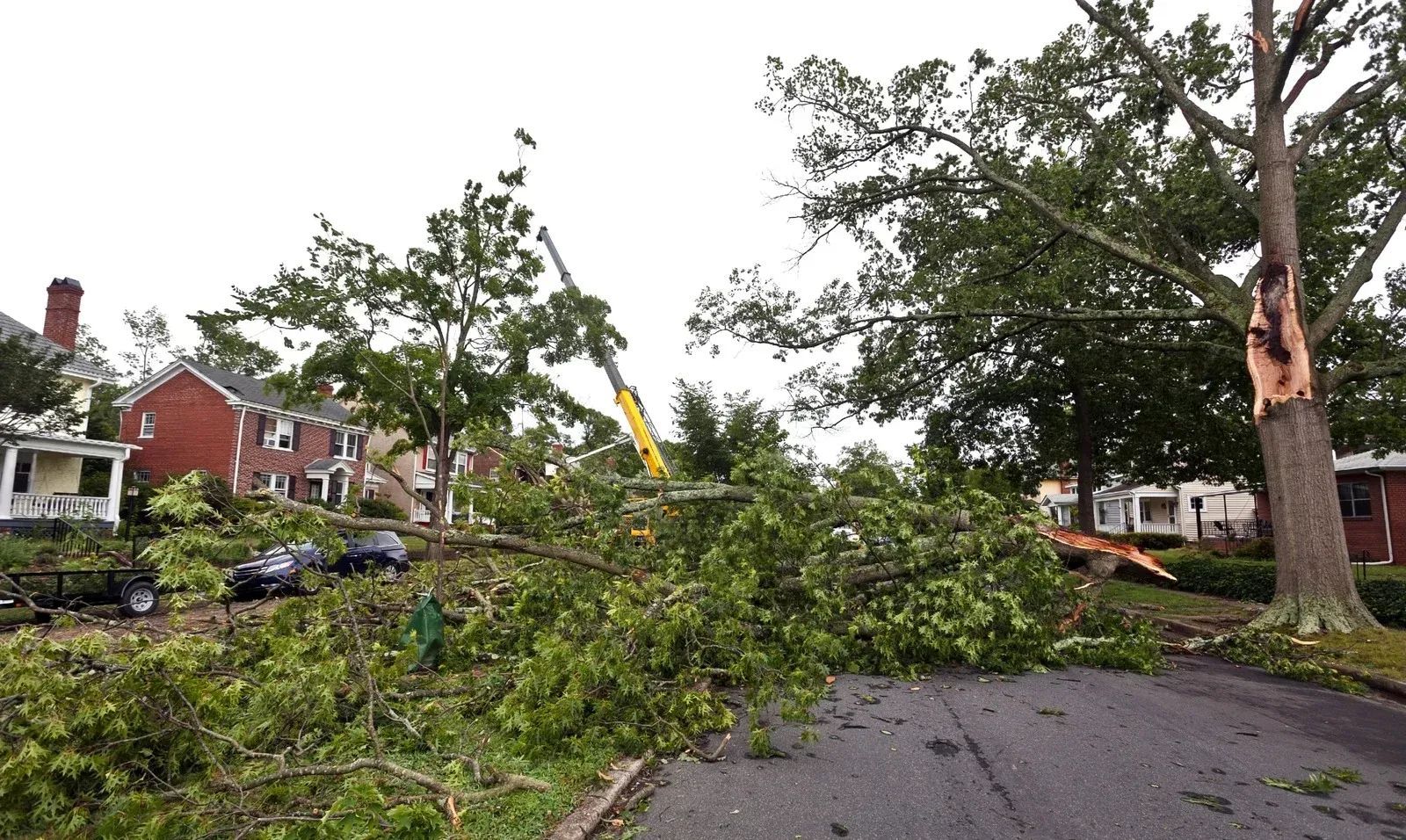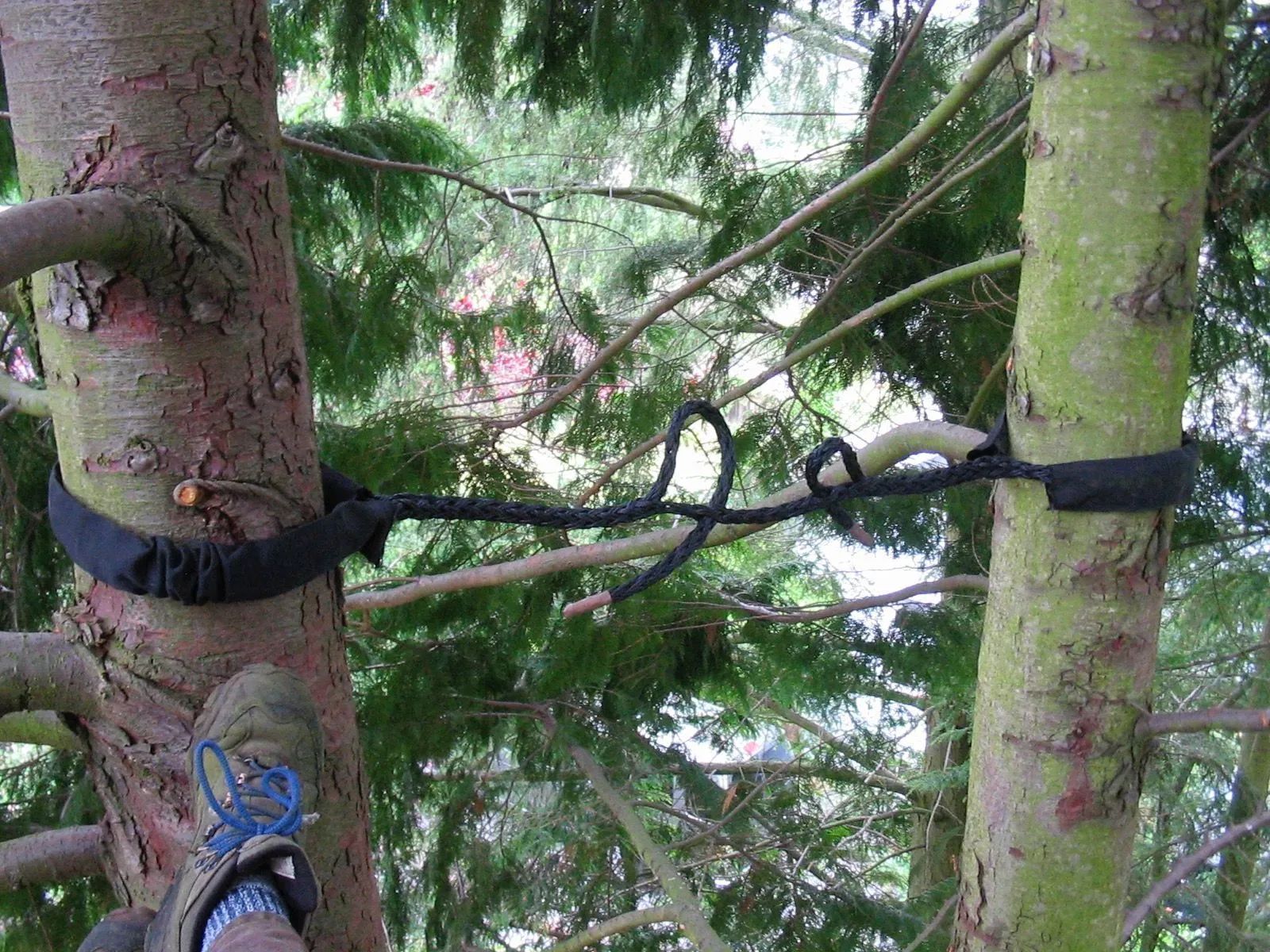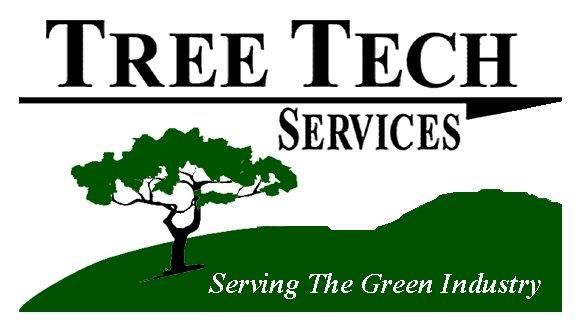How to Safely Remove a Tree and Minimize Risks
October 7, 2025

Tree removal may seem straightforward, but it’s a complex and hazardous process that demands proper planning and precision. Whether a tree is diseased, dead, storm-damaged, or posing a safety threat to nearby structures, removing it incorrectly can lead to serious injuries, property damage, or legal issues. Understanding the safest techniques and knowing when to call professionals can save time, money, and ensure the safety of your home and surroundings.
Improper tree removal can also disturb the soil, harm nearby plants, and create long-term landscape issues. Additionally, trees entangled with power lines or leaning dangerously toward buildings require special care. That’s why knowing the right procedures—and when to leave it to experts—is crucial. In this blog, we’ll cover essential steps and precautions for safe tree removal and how to reduce associated risks effectively.
1. Assess the Tree and Surroundings
Before cutting, carefully assess the tree's condition and its surrounding area. Look for signs of disease, decay, or dead branches that could break off unexpectedly. Identify nearby power lines, buildings, fences, and vehicles. Mapping out a clear drop zone and escape routes is essential to avoid damage or injury.
2. Check for Permits and Regulations
In many cities, including Sacramento, certain tree removals may require permits, especially if the tree is on public property or is a protected species. Failing to comply can lead to fines or delays. Always check local regulations before proceeding.
3. Gather the Right Tools and Safety Gear
Proper equipment makes all the difference. Essential tools include chainsaws, axes, ropes, wedges, and possibly a wood chipper for disposal. Wear safety gear like a hard hat, gloves, goggles, ear protection, and chainsaw-resistant clothing. Never work without these essentials.
4. Plan the Felling Direction and Make Precise Cuts
Choose a felling direction that offers the most open space and minimal risk. Make a notch cut on the side facing the direction you want the tree to fall. Follow this with a felling cut from the opposite side. Watch carefully for signs the tree is moving, and retreat along your pre-planned escape path immediately once the tree starts to fall.
5. Handle Limbs and Trunk Removal Carefully
After felling, remove branches starting from the base, working your way upward. Be cautious of tensioned branches—they can snap back dangerously. When sectioning the trunk, cut it into manageable pieces and remove them safely from the site. Consider renting or using a winch or skid-steer to handle larger logs.
6. Know When to Call the Pros
Not all trees can or should be removed without expert help. Trees that are tall, located near structures, or entangled in utility lines should always be handled by licensed professionals. Attempting to DIY such cases can put you and your property at serious risk.
Trust the Experts at Tree Tech Services
When it comes to safe and efficient
tree removal, you can rely on Tree Tech Services
in Sacramento, CA. With over 35
years of experience, our skilled team knows how to assess, cut, and clear trees without compromising safety or property. Whether you're dealing with an emergency tree removal or planning a landscape update, we offer dependable solutions tailored to your needs. Trust Tree Tech Services
for expert care and peace of mind.






